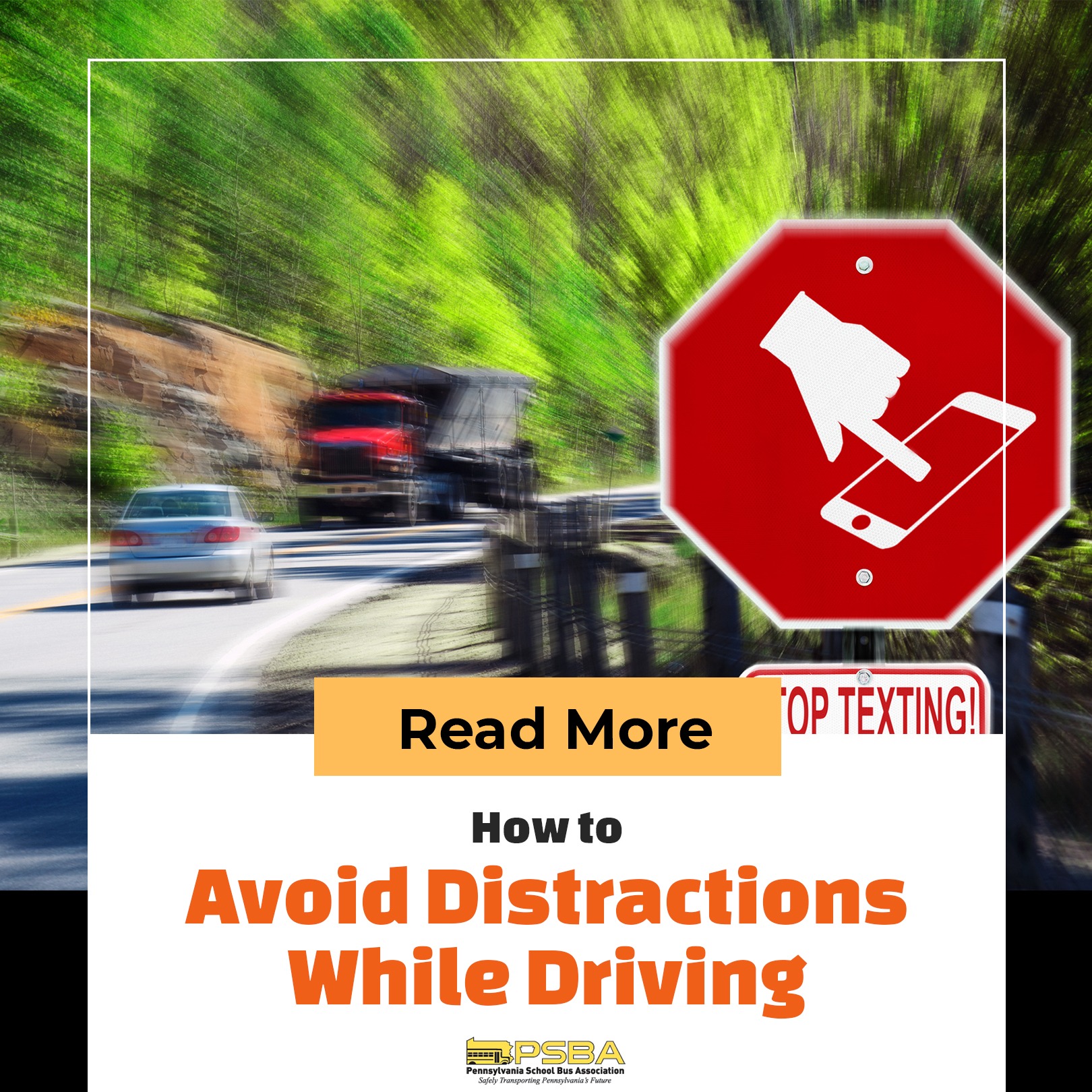National Highway Traffic Safety Association (NHTSA) experts say that distracted driving is classified as “any activity that diverts attention from driving, including talking or texting on your phone, eating and drinking, talking to people in your vehicle, fiddling with the stereo, entertainment or navigation system – anything that takes your attention away from the task of safe driving.”
Distractions while driving can be visual, manual, or cognitive, or any or all of them, and can have severe repercussions in the lives involved.
The reasons for distractions vary, including using mobile phones, searching for the objects that dropped from their hands, adjusting the mirror of the vehicle while driving, noisy or misbehaving students, and even eating and drinking.
Some statistics listed below show how serious the problem of distracted driving is on America’s roads:
- In February 2022, 30% more drivers were distracted than in February 2020, making it the worst month for phone distraction in the United States since 2019.
- Distracted driving peaks at night – between 6:00 pm and 11:00 pm.
- Distracted driving was a reported cause of 8.1% of fatal motor vehicle accidents in 2020.
- In 2015, distracted driving left 3,477 dead and 391,000 injured.
- Also, in 2015, distracted accounted for 27% of all crashes.
- About 20% of injuries occurring in car accident crashes involve driving.
- Drivers are distracted by cell phones at least 10% of their driving time.
Another alarming fact is that only 47 states – including Pennsylvania – have bans on texting while driving.
While incidents of distracted school bus drivers are rare, they do happen. Here is a couple of them:
- In 2012, a school bus driver in Florida became distracted by a student on the bus and failed to stop before crashing into the back of a stopped Freightliner. The driver’s leg ended up pinned in the wreckage, preventing him from accessing the brake pedal.
- In 2017, a distracted school bus driver in California rear-ended a truck stopped at a light, causing a chain-reaction collision.
The school transportation industry always puts safety first and foremost, from the special features of school buses to the training of school bus drivers. These unfortunate incidents should warn all drivers out there of the dangerous effects of distractions, whether caused by themselves or by other motorists.
Four strategies or measures to help combat distracted driving
1) Have extra adults onboard
When a driver is the only adult in a bus full of kids, the chances of the driver getting distracted increase.
Having at least one additional adult/aide on board who can keep watch over the students is beneficial. This additional adult will help keep the driver focused on their job and prevent them from getting distracted.
2) Make preparations and adjustments before starting the bus
Drivers are required to make proper preparations and adjustments before driving the bus. It can include adjusting the mirrors, checking the traffic ahead on maps, checking the weather conditions, and setting the destination point.
Other preparations also include:
- Fastening seat belts.
- Putting on sunglasses (if needed).
- Checking the sound system and climate controls.
- Making sure that their seating is proper before hitting the road.
3) Put big screens for map or route reference
School bus drivers should check the maps to avoid missing any routes or looking at the traffic ahead to plan the route accordingly.
However, when drivers use their cell phones or GPS devices for the same purpose, the likelihood of distraction is high. It’s easier for drivers to glance at a big screen while driving. For example, if a driver checks his position on the map, he can get that information more quickly from a big screen rather than a small one.
More school districts are starting to install big screens on school buses for the driver’s use.
4) Make sure school bus drivers and aides have had training
School bus drivers should pay attention to the benefit of having more training available. Reviewing the common causes of distractions and measures on how to avoid them can significantly improve driver performance. It’s a good idea to use role-playing scenarios to help enhance the lessons.
5) Assure that driver eats well and gets adequate sleep
Making sure that the bus is in top condition before being considered roadworthy is essential. However, the driver’s well-being is crucial because it has much to do with his ability to concentrate on his job.
Make sure that the driver gets enough rest before they drive. Also, recommend that the driver eats well, stays hydrated, and maintains good health, enhancing their performance. Otherwise, becoming sleepy or hungry behind the wheel can lead to accidents.
Accidents can happen to anyone at any time, but everyone can do their part to minimize these accidents due to carelessness, such as distractions while driving. That’s why the school authorities must also do their part to reduce the likelihood of distracted driving.
Read our recent article to learn about other ways PA school bus drivers can safely share the road with other drivers. You can also learn about school bus driver positions by visiting schoolbushero.com/jobs.

